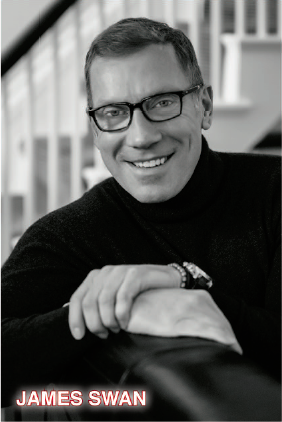Podcasts used to be niche territory for subcultures and devotees looking to get their fix, but the masses have finally caught up. The design industry is lending its voice to the mix. Who are the players, what are they discussing and is it possible to monetize design audibly?
“I think the podcast delivers an immediacy like a conversation—hearing an actual voice—it’s like the radio, except it’s on demand and it fits into our lives when we want it, not the other way around,” surmises James Swan on the appeal of podcasts, including his own, the daily design- and decorating-themed Million Dollar Decorating.
Indeed, the hunger for long-form narrative has never been more apparent in our current cultural gestalt. One need only look to the recent transformation in how viewers consume television and movies, with streaming channels and original on-demand programming from Netflix and Amazon making cable television, with its commercial breaks and 30-minute slots, a quaint relic of a pre-digital age.


BOH subscribers and BOH Insiders.










































